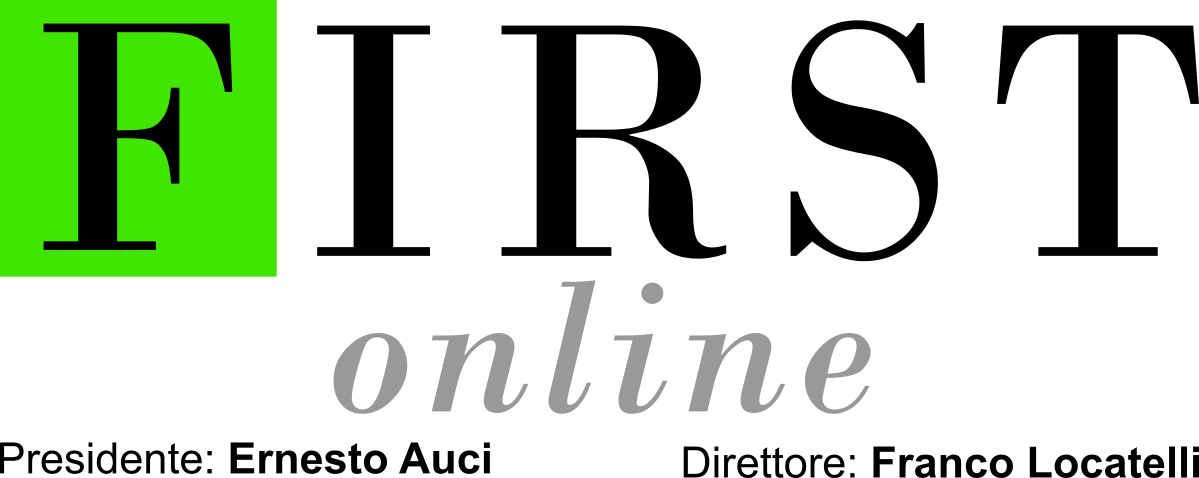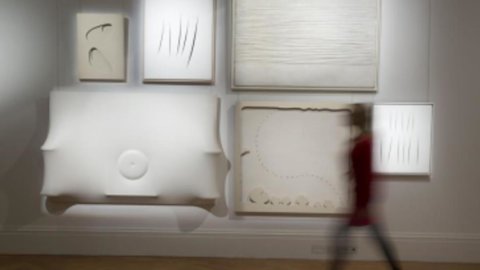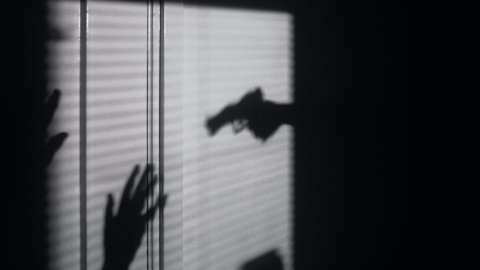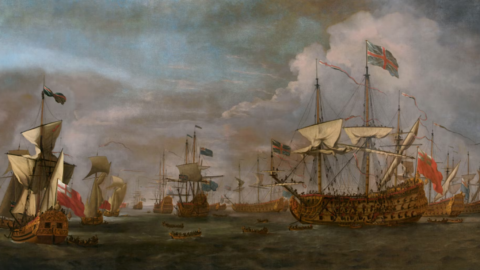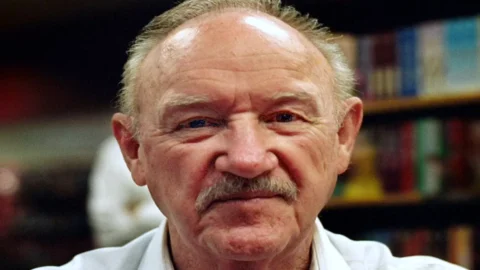without which no colour can be seen” – Leonardo da Vinci White is the hottest colour this autumn as Sotheby’s London celebrates one of the most fundamental colours in the history of art at the Frieze week auctions of Contemporary and 20th Century Italian art on 17 October 2014.
No other colour embodies the revolutionary spirit in art more than white. This season, Sotheby’s London brings together ground-breaking monochrome masterpieces of post-war art, presenting an unparalleled selection of works associated with the revolutionary “ZERO” art movement. With a major ZERO exhibition opening at the Guggenheim, New York, and a host of a records broken in the last year, the appetite for these artists has never been stronger.
The star lot of the week, Piero Manzoni’s monumental Achrome, 1958-9 (est. £5,000,000-7,000,000), last exhibited at the Tate Modern nearly a decade ago, is considered one of the finest works by the Italian artist ever to appear at auction. It will be offered as part of Sotheby’s biggest ever Italian Sale, with the 49 lots on offer estimated at £23,830,000-33,495,000.
Alex Branczik, Head of Contemporary Art, London: Fifty years on, today’s collectors are still drawn to the simplicity and design of these works which provide powerful inspiration to many of today’s leading artists. They are in many ways more modern than ever. Fittingly, the centrepiece of our sales, Manzoni’s ‘Achrome’ represents the very apogee of the Zero movement.
ZERO In the wake of World War II and with the onset of a new age of optimism, technology and space exploration, the ZERO group sought to overturn the established principles of art and pioneer a new mode of artistic expression for the future. Founded in 1957 by the German artists Heinz Mack and Otto Piene, the movement quickly grew to encompass the likes of Yves Klein, Yayoi Kusama, Lucio Fontana and Piero Manzoni. In opposition to the gestural painting of Abstract Expressionism, these artists embraced the monochrome, and developed a new visual language concerned with light, space and form. ‘Zero’, in the words of founder Otto Piene, was “a zone of silence and of pure possibilities for a new beginning”. Interest in ZERO Art has never been stronger. The first major US survey of the movement, “ZERO: Countdown to Tomorrow, 1950s–60s”, opens at the Guggenheim, New York this October, following in the footsteps of a number of significant exhibitions in 2014. Otto Piene was preparing for a major retrospective in Berlin, “More Sky”, when he died in July this year.
Sotheby’s has led the way in the market for ZERO: the sale of important ZERO works from the collection of Anna and Gerhard Lenz in 2010 set a new benchmark for the market when the auction more than doubled its estimate and broke 19 new artists records in a sale totalling £23.2m.
Today, market momentum for works of ZERO art continues unabated: within the past year new auction records have been set for Otto Piene, Heinz Mack, Günther Uecker, Luciano Fontana, Piero Manzoni and Enrico Castellani.
Piero Manzoni, Achrome (1958-9), Est. £5,000,000-7,000,000
The most important work by Manzoni ever to appear at auction, Achrome, 1958-59, epitomises the very apogee of the artist’s revolutionary drive to overturn the boundaries of painting. Manzoni sought to banish any kind of narrative content from painting, which included eliminating colour and the hand of the artist from the work. The canvases, saturated with kaolin (white clay), were treated so that temperature and atmospheric conditions would help create the distinctive pleats. The series of Achrome works initiated in 1957 and pursued until the artist’s premature death in 1963, together constitute one of the most ground-breaking and profound artistic contributions to the post-war age. This exceptional painting is one of only nine Achromes that Manzoni created in this large scale (110 by 150 cm), three of which are held in museum collections.
Lucio Fontana, Concetto Spaziale, Attese (1964), Est. £2,200,000-2,800,000
One of the single most iconic acts in the history of 20th-century art was Lucio Fontana’s decision to slice through the surface of the canvas. The exquisite choreography of eleven finely balanced incisions slicing through a pristine white surface make Concetto Spaziale, Attese 1964, one of the most important examples of this iconcalstic gesture to be offered at auction.
“Lucio Fontana… challenges the history of painting. With one bold stroke he pierces the canvas and tears it to shreds. Implied in this gesture is both the termination of a five hundred year evolution in Western painting and a new beginning, for destruction carries innovation in its wake”- Erika Billeter
Living with Zero: Property from Lo Scarabeo sotto La Foglia (The Beetle Under the Leaf)
In May 1964, the visionary Italian architect Gio Ponti, published designs for a house called Lo Scarabeo Sotto la Foglia (The Beetle under the Leaf) in an issue of Domus magazine, inviting the readers to help him make the radical plans a reality. A civil engineer, Giobatta Meneguzzo, decided to realise Ponti’s vision. On 8th November 1965 he wrote a letter to the architect, asking for permission to proceed with Lo Scarabeo – Ponti agreed, and building work began that same year in the village of Malo in northern Italy.
Shaped like a beetle, with minimal white-tiled walls, furry staircases and bespoke works of art, the property became the embodiment of the ideas and aspirations of the ZERO group.
Ponti invited the artist and designer Nanda Vigo, a protagonist in some of the earliest ZERO exhibitions, to design the interiors, while four important white paintings were chosen to become an integral part of the furnishings. The four works were Teatrino, 1965 by Lucio Fontana (Est. £400,000-600,000); Bianco, 1966 by Agostino Bonalumi , (Est. £300,000-400,000); Bianco, 1965, a triptych composed of three ovoid canvases by Turi Simeti (Est. £80,000-120,000); and a monumental canvas by Enrico Castellani, Superficie Bianca, 1967 (Est. £1,000,000-1,500,000).
Pictured from left to right: Enrico Castellani, Superficie Bianca, 1967; Bonalumi, Bianco, 1966; Fontana, Teatrino, 1965
Castellani’s Superficie Bianca (pictured left with Fontana’s Teatrino in “Lo Scarabeo”) was designed specifically for the entrance hall and displayed in front of a corresponding mirror of the same size to create a striking dual image. Having remained within Ponti’s architectural construction since its creation, the appearance of this work for auction represents an exceptional event.
Fontana’s Teatrino, is dedicated “per Nanda Vigo” on the stretcher. Hired by Gio Ponti to collaborate on the interior design of Lo Scarabeo, Vigo’s role in the creation of this immersive visionary environment is attested to through Fontana’s dedication: an indication not only of Vigo’s reputation within the Italian avant-garde, but also of Fontana’s genuine appreciation for the distinct artistic vision embodied in Lo Scarabeo Sotto la Foglio.
The house became a meeting place for artists, critics and gallerists, such as Pierre Restany, Christo, Guido le Noci, Mimmo Rotella, Arman or Achille Bonito Oliva, to name just a few, all of whom were close family friends of the Meneguzzos. Today, Menguzzo still lives in the property and is selling these four key works to benefit his continuing passion, the Museo Casabianca. He is still dedicated to building his extensive collection, which ranges from Arte Informal of the 1940s and 50s, to Neo-Dada and Pop, through to Fluxus, Arte Povera and Conceptual Art.
Sotheby’s Frieze Week Auctions 2014
• The Italian Sale, 17 October 2014, 6pm (est. £23.8 – 33.5 million, 49 lots)
• Contemporary Art Evening Auction, 17 October 2014, 7pm (est. £25.1- 35.1 million, 59 lots)
